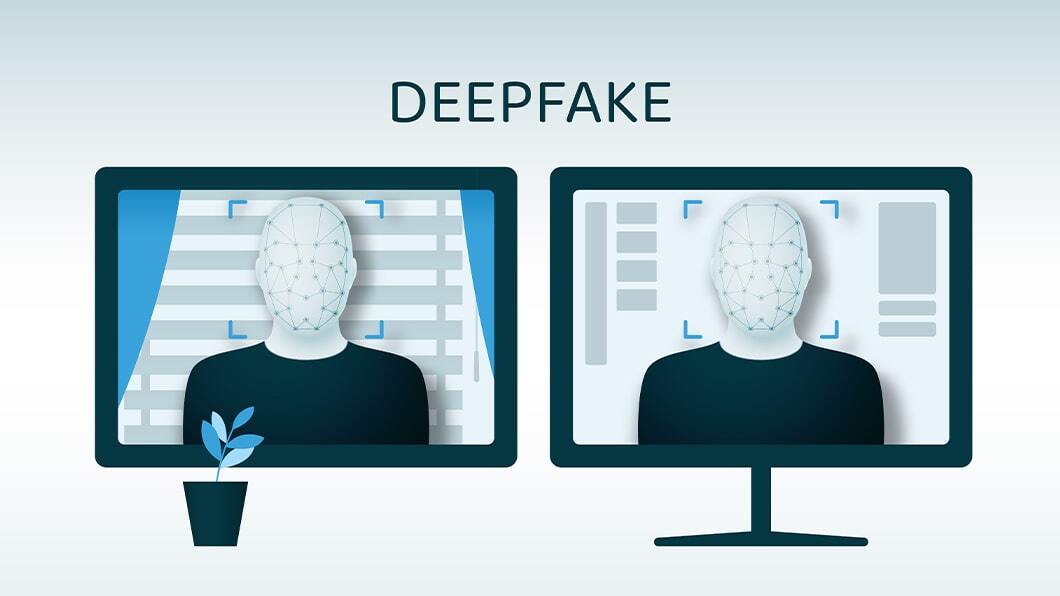
Deepfake Technology and its Implications
Deepfake technology has emerged as a powerful tool that combines artificial intelligence and machine learning algorithms to create highly realistic and manipulated audio, images, and videos. This technology raises significant concerns due to its potential for misuse and manipulation. In this article, we will explore what deepfake technology is, its implications on various aspects of society, the challenges it poses, and the measures being taken to address the associated risks.
What is Deepfake Technology?
Deepfake technology utilizes deep learning algorithms, such as generative adversarial networks (GANs), to manipulate or fabricate digital content with a high level of realism. It can be used to swap faces, change expressions, or even create entirely fabricated videos or audios that appear genuine. Deepfake technology essentially synthesizes content by training the algorithms on vast amounts of data, allowing them to generate highly convincing and often deceptive content.
Implications of Deepfake Technology

- Misinformation and Fake News: Deepfake technology has the potential to exacerbate the problem of misinformation and fake news. By creating realistic videos or audios of individuals saying or doing things they never actually did, deepfakes can be used to spread false information and manipulate public opinion. This poses a significant threat to the credibility of news sources and the trustworthiness of online content.
- Political Manipulation: Deepfakes can be used for political manipulation by creating fabricated videos of politicians or public figures engaging in illegal or unethical activities. Such content can be strategically released to influence elections, damage reputations, or create social unrest. The spread of deepfake political propaganda can undermine the democratic process and erode public trust in institutions.
- Fraud and Identity Theft: Deepfakes can be used for fraudulent activities and identity theft. Criminals can create fake videos or audios of individuals to deceive others into believing they are genuine. This can have severe consequences, such as financial fraud, blackmail, or tarnishing someone’s reputation. Deepfake technology makes it increasingly challenging to distinguish between authentic and manipulated content, making individuals more vulnerable to exploitation.
Privacy and Consent Concerns: Deepfake technology raises significant privacy and consent concerns. By using publicly available images or videos, individuals can be targeted without their knowledge or permission. Deepfakes can be created without consent, leading to the violation of privacy and the potential for harm to personal and professional relationships.
Challenges and Mitigation Measures

- Detection and Authentication: One of the main challenges posed by deepfake technology is detecting and authenticating manipulated content. Researchers and technologists are working on developing advanced algorithms and tools to detect deepfakes. This includes leveraging machine learning techniques to identify anomalies in facial expressions, inconsistencies in audio patterns, or discrepancies in visual elements.
- Education and Awareness: Raising awareness about deepfake technology and its implications is crucial. Educating the general public, media organizations, and policymakers about the existence and potential impact of deepfakes can help in fostering a critical mindset and responsible consumption of online content. Media literacy programs can empower individuals to identify and report deepfake content, reducing its spread.
- Technological Solutions: Technological advancements can play a vital role in combating deepfakes. Developing robust digital watermarking techniques, cryptographic tools, and tamper-evident technologies can help ensure the integrity and authenticity of digital content. Additionally, collaborations between technology companies, research institutions, and policymakers can lead to the development of standards and protocols to mitigate the risks associated with deepfakes.
- Legal and Ethical Frameworks: The legal and ethical dimensions of deepfake technology need to be addressed. Laws and regulations can be established to govern the creation, distribution, and use of deepfakes. These frameworks can define the boundaries of acceptable use, provide mechanisms for reporting and removing deepfake content, and establish penalties for malicious intent and deliberate misuse of deepfakes. Ethical guidelines can also be developed to guide the responsible and ethical use of deepfake technology in areas such as entertainment and journalism.
- Collaboration and Industry Standards: Collaboration among stakeholders is essential in addressing the challenges posed by deepfake technology. Technology companies, social media platforms, researchers, and policymakers can work together to establish industry standards and best practices for detecting and handling deepfakes. Sharing knowledge, resources, and expertise can strengthen the collective response to this emerging threat.
Media Literacy and Critical Thinking: Promoting media literacy and critical thinking skills is crucial in the fight against deepfakes. By educating individuals about the existence of deepfakes and providing them with the tools to critically evaluate online content, society can become more resilient to manipulation. Teaching media literacy in schools and incorporating it into digital literacy programs can empower individuals to discern between real and manipulated content.
Conclusion

Deepfake technology presents significant implications for society, including the spread of misinformation, political manipulation, fraud, and privacy concerns. Detecting and combating deepfakes require a multi-faceted approach that encompasses technological advancements, education, legal frameworks, collaboration, and industry standards. As technology continues to evolve, it is essential to stay vigilant, raise awareness, and develop proactive measures to mitigate the risks associated with deepfake technology.
FAQs
1. Can deepfake technology be used for positive purposes?
While deepfake technology has primarily gained attention due to its negative implications, it also has potential positive applications. For instance, it can be used in the entertainment industry for visual effects or to bring historical figures to life in educational contexts. However, ethical considerations and responsible use are crucial in such applications.
2. How can individuals protect themselves from the harms of deepfakes?
Individuals can protect themselves by being cautious consumers of online content. Being aware of the existence of deepfakes, verifying the sources of information, and fact-checking can help in identifying potential deepfake content. Additionally, privacy settings, secure online practices, and strong digital hygiene can minimize the risks of personal information being used to create deepfakes.
3. Are there legal consequences for creating and distributing deepfake content?
Laws and regulations regarding deepfakes vary across jurisdictions. In some cases, the creation and distribution of deepfake content with malicious intent can be subject to legal consequences, such as defamation, fraud, or privacy violations. However, the enforcement of laws in this domain is still evolving as technology advances.
4. How can social media platforms address the issue of deepfakes?
Social media platforms play a crucial role in combating the spread of deepfakes. They can invest in advanced detection algorithms, implement policies against deepfake content, and provide mechanisms for users to report and remove such content. Collaboration with technology experts and researchers can aid in staying ahead of emerging deepfake techniques.
5. What role can individuals play in addressing the challenges posed by deepfakes?
Individuals can contribute by being responsible digital citizens. This includes raising awareness about deepfake technology, sharing reliable information, reporting suspicious content, and supporting initiatives that promote media literacy and critical thinking. Active engagement and collective efforts are vital in mitigating the impact of deepfake technology on society.














